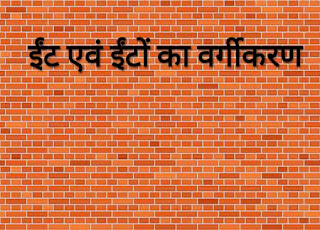ELEMENTS OF URBAN DESIGN
Written by - Monu Dalal
What is Urban Design ? Urban Design is defined as the process of shaping/designing towns,suburbans, cities, and villages. It involves the arrangement of spaces, buildings, services and transport, that gives shape or form to whole neighbourhood and the city.
Urban design is a better way to built connection between people and places, form and movement, human and nature. It deals with large scale of groups of places, buildings and streets of entire city. Urban design goal is all about making areas attractive, sustainable and functional. It is also the process of physical engagement of people with spaces. And a good urban design focuses on public spaces where people will feel safe.
Elements of Urban Design :- As everything needs elements and atoms for formation, Urban design also has these elements those combines to form an urban area.
There are five basic elements to be used in urban designing are :-
1. Pathways 2. Edges 3. Districts 4. Nodes 5. Landmarks
Let's discuss uses, functions and properties of these elements in detail -
1. Pathways - Pathways are the roads, sidewalks, streets, canals and other ways used by people to travel (Direct foreword motion in a specific direction). Pathways are designed to arrange movement between the spaces. Why pathways are important ? Because through pathways spaces are arranged and allonged them. As unclear path defines unclear city, so pathways are important and they also contains significant buildings and facades.
2. Edges - Edges are defined as the boundaries along with pathways. Edges can be natural or man made. Edges are buildings, walls, rivers, mountains, trees, overpasses etc. An urban City which contains edges have free space along them to feel the view. Edges are the linear elements that form boundaries between spaces or performs linear break in continuity (edges prevent motion in a specific direction).
3. Districts - Districts are the medium to large parts of the city which shares the same characteristics including texture, colour, topography, urban fabric, form etc. Districts are the individual large areas those are two dimensional with some common identifying characteristics. Pathways and Edges explore or introduce districts.
4. Nodes - Nodes are the large areas or focus points we can enter. Nodes served as foci of the town, city or district etc. Nodes are the symbols in a city that could be religious, nationalistic, statue. For example : India Gate in Delhi. Nodes emphasizes the connection between pathways. Features - ० the user can enter in. ० it could be directed to many destinations. ० it could be a gathering place.
5. Landmarks - Landmarks are the physical elements with unique and special visual features, that has a specific location and can be identified from a distance. It is the point of reference in which a person can't enter. Landmarks are signs, buildings, mountains, temple, lake, hospital, school, bus stand etc. Mobile points are also considered in landmarks such as sun. Nodes can be sprinkled by landmarks.
City Image - These all elements combine with each other to provide the overall image of the city. And defines urban design.










Comments
Post a Comment